Last March, Covid-19 spread throughout the world, bringing everything to a standstill. Even the Summer Olympics in Tokyo were delayed.
The world is reemerging from a yearlong hibernation, and we are finally having the 2020 summer games. They will run July 23 to August 8, and will be a much-needed celebration of sport and life, and a great distraction for the entire world.
The Paralympics, the international sports competitions for athletes with disabilities will follow on in Tokyo and Japan from August 24 to September 5.
Let’s take a look at some of the important locations for this year’s competition.
Temple of Hera, Olympia, Greece
In ancient times, a flame was kept burning during the Olympic games as a symbol to honor the gods. In modern times, the flame has become a symbol of the competitive spirit of the games.
The flame is lit at the Temple of Hera, at the ancient temple site in Olympia, Greece. The temple is the oldest of the temples on the grounds, and has been restored somewhat after an earthquake struck the area nearly two thousand years ago.
A few months in advance of the games, women representing the vestal virgins who once presided over the temple light a flame using a parabolic mirror, marking the countdown to the Olympics.
Nahara, Fukushima, Japan
In March 2020, the flame was already on its procession in Japan when the games were cancelled. The flame was stored in the National Stadium, waiting to continue the journey.
Exactly one year later than scheduled, the journey began again. The first destination in Japan held great significance, as Fukushima is one of the areas hardest hit by the devastating earthquake and tsunami that struck the country in 2011.
The flame traveled across Japan, and the lighting of the cauldron in the Tokyo National Stadium was an important part of the opening ceremony on July 23.
National Stadium, Tokyo, Japan
The National Stadium in downtown Tokyo was entirely rebuilt in anticipation of the summer games, at a cost of $1.4 billion. It was designed with traditional Japanese architecture in mind, and has both metal and wood throughout, including wood from all 47 prefectures in the country. It can hold 68,000 people, and has a partially-covered roof, as well as live plants built into the actual structure.
The stadium will be used for the opening and closing ceremonies, as well as track and field, women’s soccer finals, and other events. This is the center of the games, and from the opening ceremony to the end of the closing events, it will be here that the Olympic flame will burn.
Yoyogi National Gymnasium, Tokyo, Japan
Japan hosted the 1964 Olympics, and built several sports facilities for the events. The Yoyogi National Gymnasium was revolutionary when it was built, and still sticks out today with its famous suspension roof.
The arena can hold about 13, 000 spectators, and hosts concerts, as well as hockey, futsal, and basketball events. This summer, the handball events will be played here.
Sapporo Dome, Sapporo, Japan
While the games are centered in the capital city, events are spread around the country both to promote the best experience for the athletes and to bring the games to the people of Japan. Soccer games in particular will be played around the country.
Preliminary soccer games will be held in the Sapporo Dome, in Sapporo, in northern Japan. The stadium is used for both soccer and basketball games, and was a venue for the 2002 men’s FIFA World Cup.
Nippon Budokan, Tokyo, Japan
Another legacy stadium from the 1964 Olympics is the Nippon Budokan, which was built to host the judo competitions. Since then, the venue has been used to host many martial arts competitions (“budokan” translates into “martial arts hall”). But perhaps the most famous entertainment was when the Beatles performed there in 1966.
This year, judo and karate competitions will be held here, similar to the 1964 Olympics.
Tokyo Big Sight, Tokyo, Japan
The Tokyo International Convention Center, known as the “Big Sight” is a large convention and expo center in the harbor area of Tokyo. The structure is a distinctive feature in the Tokyo skyline, with the eight-story inverted four pyramid conference tower topping off the building.
The Big Sight will be the dedicated media center for the Tokyo Olympics, hosting broadcasts, press events, and the media for the games.
Fukushima Azuma Baseball Stadium, Fukushima, Japan
Japan is a baseball-crazy country, which is why the sport has been brought back for the competition in 2021. Some of the first games will be played at the Fukushima Azuma Baseball Stadium, which was built in 1986 and can hold up to 30,000 people.
The location was chosen to honor the region, still recovering from the earthquake and tsunami a decade ago.
Yokohama Stadium, Yokohama, Japan
After some preliminary rounds are played in Fukushima, the remainder of the baseball and softball competition will take place in the Yokohama Stadium, in Yokohama, which is just outside Tokyo.
The stadium, which holds about 35,000 spectators, will be a prominent feature for Japanese viewers of the games, as they tune into see their home team compete against the world on their soil.
There is no substitute for the excitement and magic that surround the Olympics. The amazing opening ceremony will introduce Japan to the world, with their unique culture, music, history, and style on display.
The athletes will represent their nations in friendly competition on a world stage. The closing ceremonies will highlight the friendships made, the victories achieved, and then at the end, it will introduce the world to the next summer Olympic host: Paris.
And at the end of it all, the flame will go out.
Until 2024.



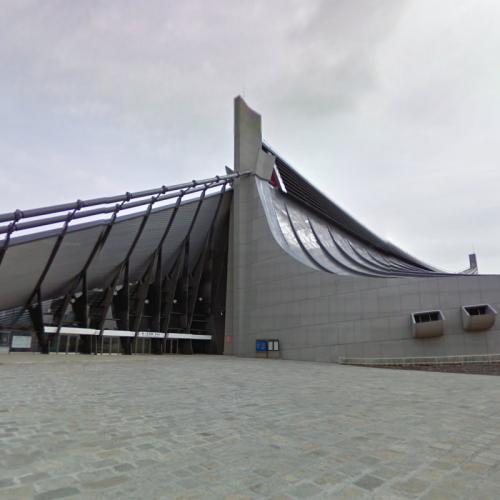
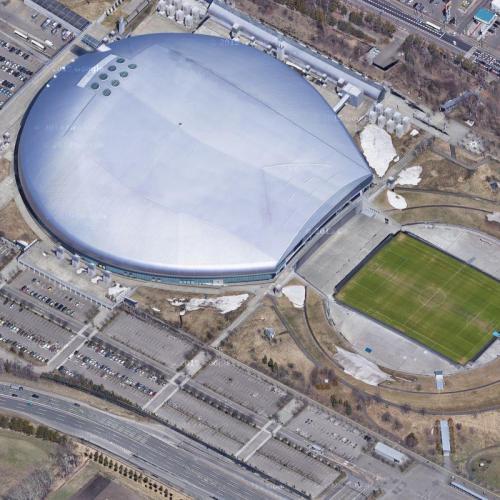
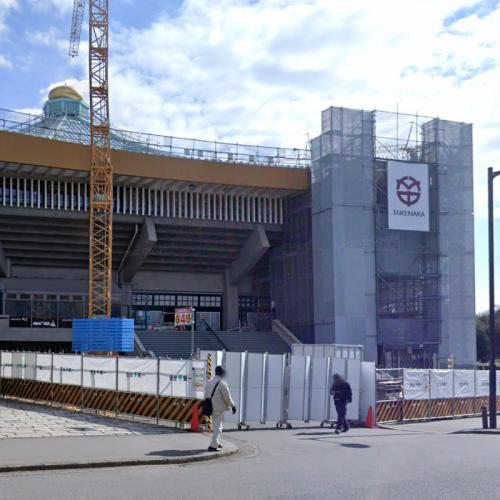
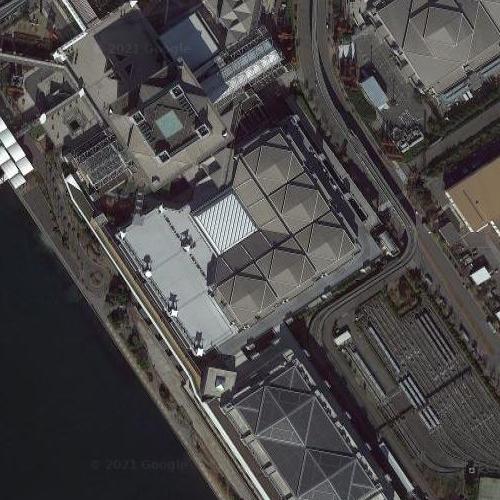
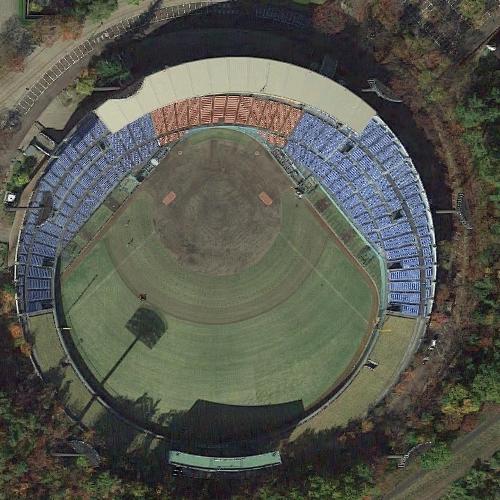

The Fukushima Daini plant had a proper shutdown after the earthquake and tsunami. The sister plant, Fukushima Daiichi, which is 12km to the north was the greatly damaged one.